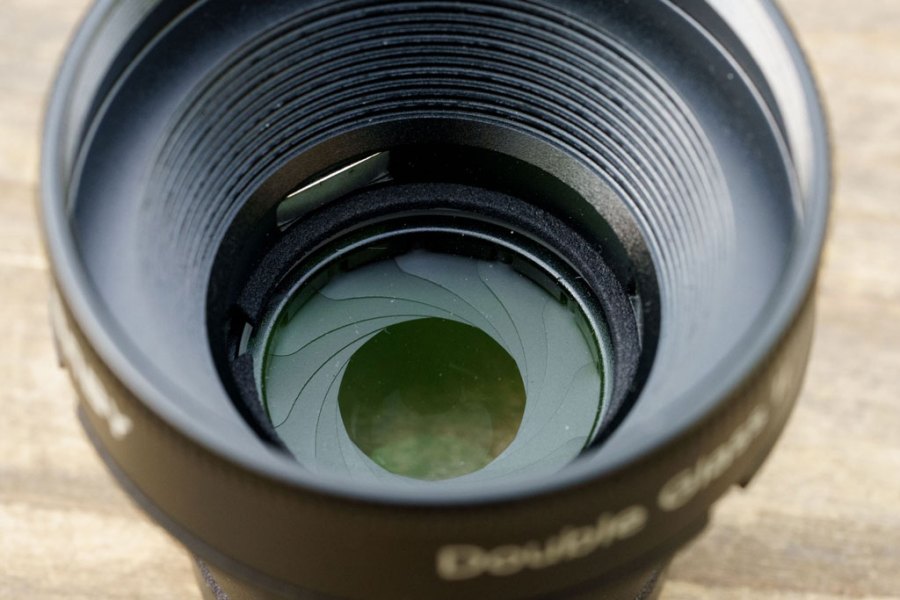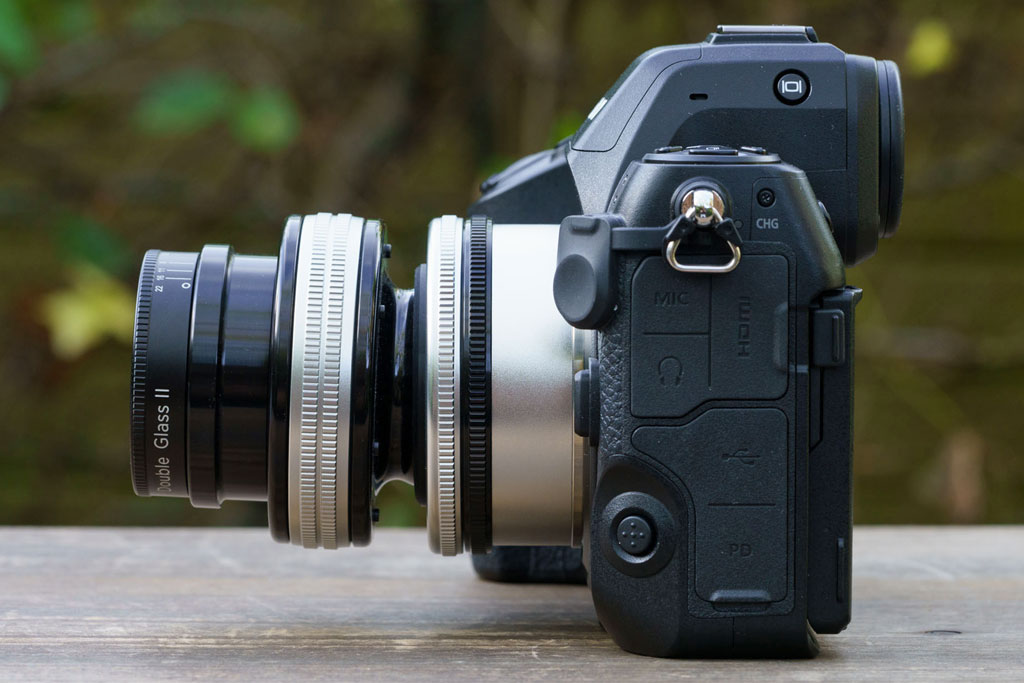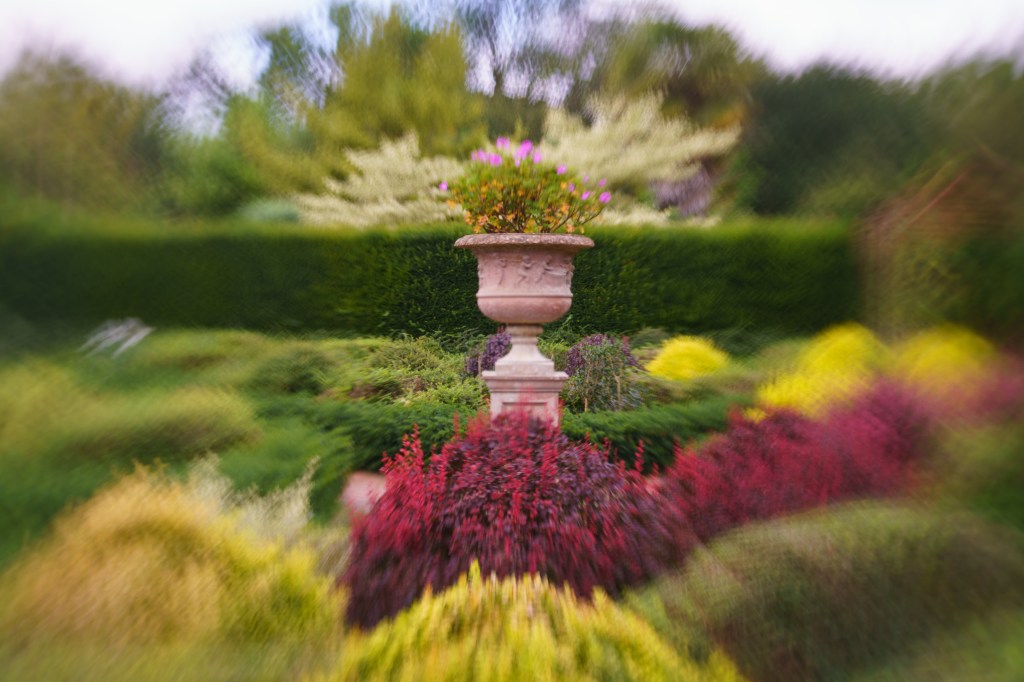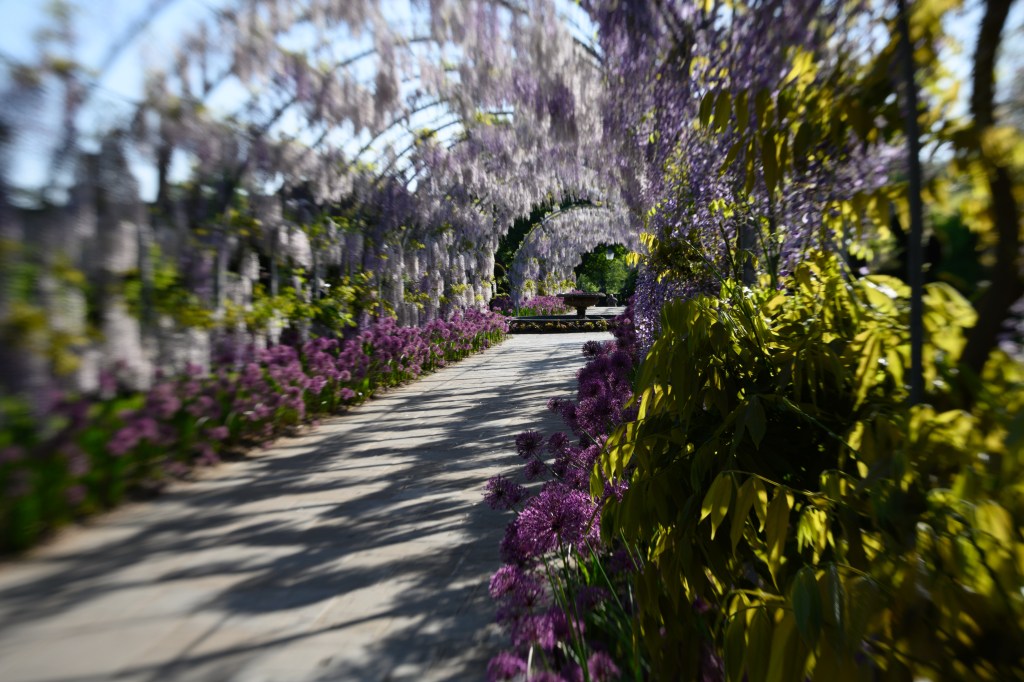The Double Glass II is an update of the popular Double Glass optic from the early days of Lensbaby’s Optics Swap System. It improves on its predecessor with the addition of a built-in 12-blade iris that allows aperture control through the range of f/2.5 to f/22. The optic’s barrel is also made from metal to give it a higher-quality and more robust build than the original.
Lensbaby has used a similar optical design to the Sweet 50, which means the Double Glass II can cover a full-frame sensor, has a focal length of 50mm and captures a sweet spot of focus at the centre of the frame which is surrounded by blur.
Lensbaby Double Glass II – At a glance
- $199/£219 optic only
- $369/£399 with Composer Pro II
- Optic for Lensbaby’s Optic Swap system
- 50mm focal length
- Full-frame coverage but also compatible with smaller sensors
- f/2.5-f/22
- Manual focus
- lensbaby.com
Lensbaby Double Glass II – Features
- 12-blade aperture – Unlike the original Double Glass, there’s an aperture ring to control the aperture
- Creative aperture disks – The optic is compatible with Lensbaby’s magnetic aperture disks
- Requires an Optic Swap Body – Compatible with all of Lensbaby’s Optics Swap bodies including the Composer Pro II, Spark 2.0 and Straight Body
- No contacts – There are no electrical contacts in Lensbaby lenses and Optics Swap bodies, which means the aperture isn’t recorded in the image EXIF data

The lens comes with a selection of various shapes to create interesting bokeh. Image: Angela Nicholson
Despite the inclusion of the aperture control, the Double Glass II is compatible with Lensbaby’s magnetic aperture disks. With this in mind, Lensbaby supplies the optic with eleven creative aperture disks that can be used to give the bokeh a particular shape. Nine of the disks have a pattern cut-out such as a star, spiral, heart or rose-like swirl, but two are blank so you can cut your own shapes.
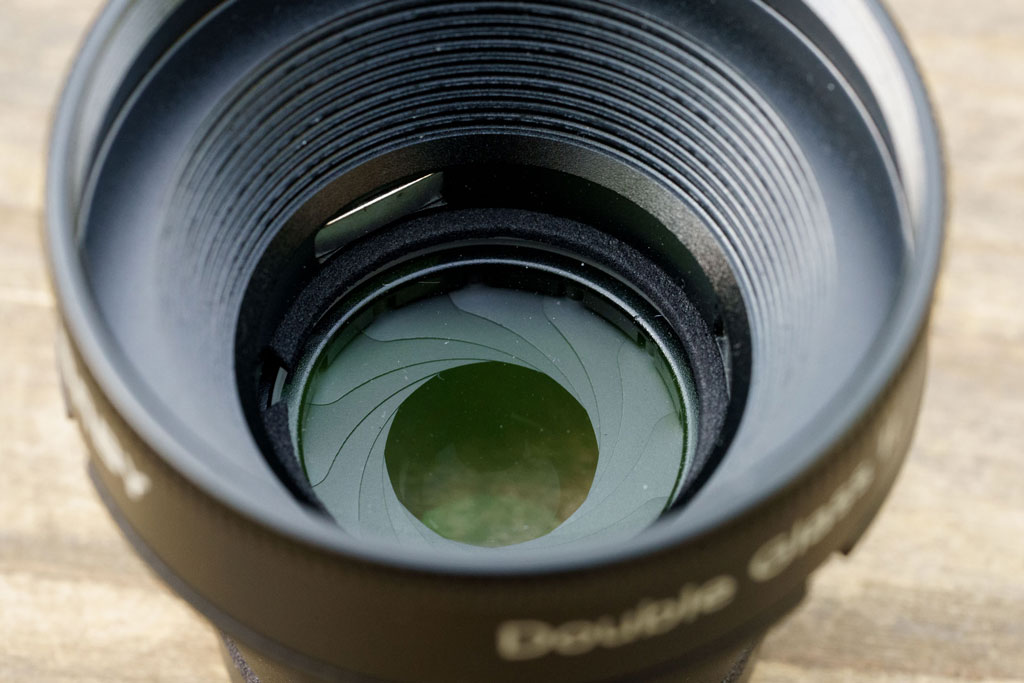
The 12 aperture blades allow aperture control in the range of f/2.5 to f/22. Image: Angela Nicholson
Optic Swap System
As part of Lensbaby’s optic Swap System, the Double Glass II cannot be mounted on a camera by itself. Instead, it needs to be fitted into one of the company’s lens housings such as the Composer Pro II, Spark 2.0 or the Straight Body. The bendy nature of the Composer Pro II and Spark 2.0 allow the sweet spot of focus to be moved around the frame, while it’s locked to the centre with the Straight Body.
Lensbaby sells the Double Glass II either by itself for those who already have an Optic Swap Body, or in a bundle with the Composer Pro II.
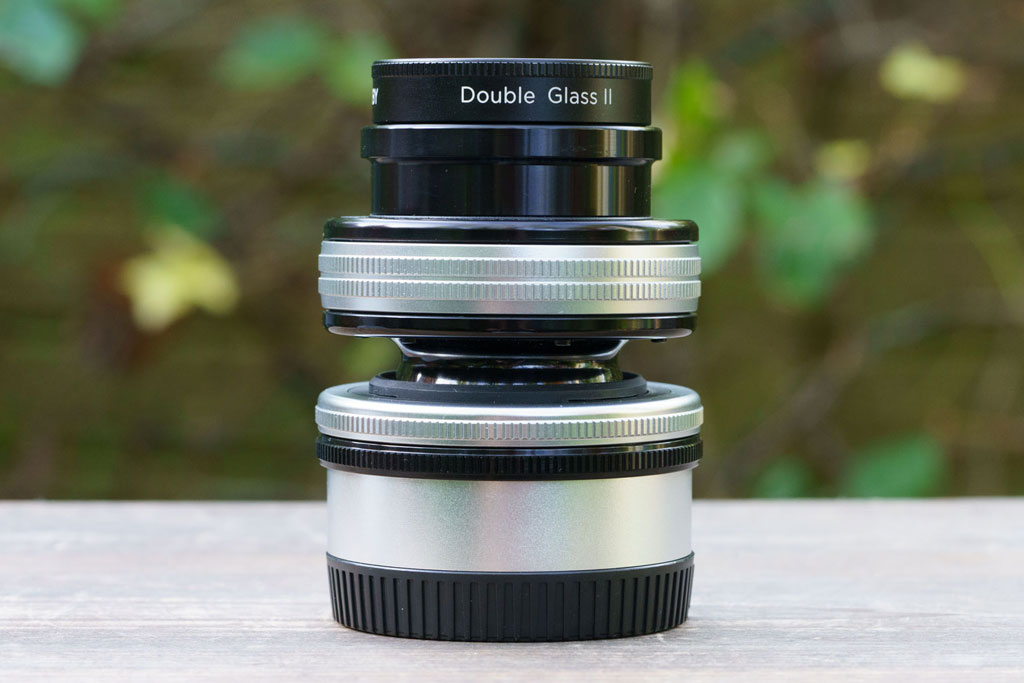
The Lensbaby Double Glass II cannot be mounted on your camera on its own, it requires a lens housing such as the Composer Pro II. Image: Angela Nicholson
Getting results
None of the Lensbaby bodies have electrical contacts which means that most cameras don’t recognise that a lens is mounted. This means you may have to enable the camera to shoot without a lens via the menu. It’s also worthwhile customising a button to magnify the image in the viewfinder of a mirrorless camera, or on the screen of a DSLR in Live View mode, to make fine details clearer when you’re focusing manually. Focus peaking can also be helpful.
Wide open at f/2.5 and on a full-frame camera, the Double Glass II delivers shallow depth of field and there’s dramatic blurring around the point in focus. The defocused areas also often look distorted, like a zoom burst effect has been applied. Used effectively, this can really pull your eye onto the main area of interest. As normal, closing down the aperture results in greater depth of field, but even at the smallest setting of f/22, there’s still some blur around the outer edges of the frame.
If you have one, bending the Composer Pro II or Spark 2.0 body moves the sweet spot and changes the distortion of the out of focus areas. But the zoom burst effect is still present, directing the eye towards the sharpest point of the image. It’s important to keep in mind that the sweet spot isn’t as sharp when it’s towards the edge of the frame as it is when it’s in the centre. Generally, the traditional flaws, including chromatic aberration, flare and vignetting, are controlled reasonably well.
The creative aperture disks enable a collection of effects, some of which are more obvious than others. Their visibility can also vary with the scene that’s being photographed, but as it only takes a few seconds to swap between the different disks using the magnet on the end of the disk holder to grab them off the lens, it’s worth experimenting.
Lensbaby Double Glass II – Verdict
Lensbaby lenses tend to be very divisive; some people love them, but some people really don’t. If you are of the former persuasion, there’s lots to like about the Double Glass II optic. With careful focusing, its sweet spot is nice and sharp, although don’t expect to see anywhere close to the degree of detail that you get from a pro-level lens.
The overall effect is dramatic, and certainly more intense than the Sweet 50 which produces a similar effect. What’s more, the magnetic aperture disks add an extra layer of creativity. It has a way of pulling you into a scene and into photography itself.

Optic Swap Bodies
Lensbaby currently offers three bodies for the Optics Swap system, the Composer Pro II, the Spark 2.0 and the Straight Body. All are available in a wide range of mounts to suit full-frame, APS-C and Micro Four Thirds cameras.
The Composer Pro II has a ball-and socket design that enables it to bend or tilt, so the sweet spot of focus can be moved around the frame. It has one ring to adjust the focusing and another to tighten or loosen the movement of the ball. The Spark 2.0 also bends but uses a pipe-like concertina build that allows it to be squeezed and stretched for focusing and bent to move the sweet spot. Lastly, the Straight Body keeps the optic in one orientation, so the sweet spot doesn’t move from the centre, and has a ring for focusing.
Related reading:
Follow AP on Facebook, Twitter, Instagram, YouTube and TikTok.

